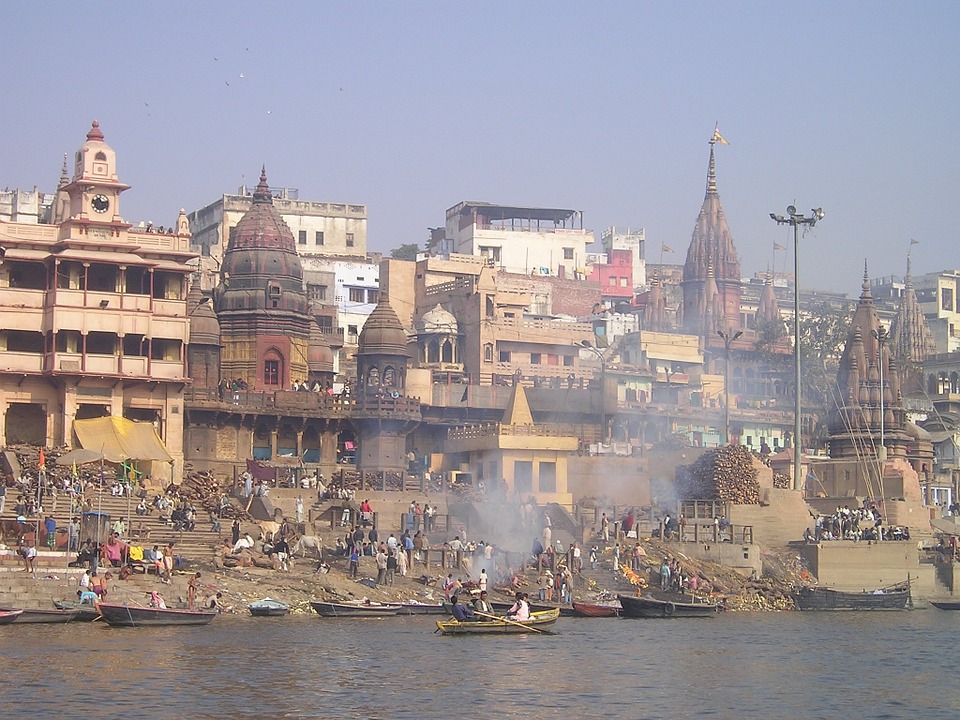One of India’s most talked-about rivers, the Ganges, or otherwise known as the Ganga River, used to be in the news for being one of the dirtiest and dangerous rivers to consume water from in the world. With the help of India’s lockdown amid the coronavirus pandemic, however, that seems to slowly be changing.
Now, the river is flourishing more than it has in the past few decades, as over 1.3 billion people have been instructed to stay at their homes to prevent the extent of effects of the coronavirus outbreak. The Ganga river was previously found unsuitable for bathing but was used for it regardless, among other daily cleaning activities. Since it was previously used for various purposes, it wasn’t considered fit for consumption and can make people sick. Since the nation has been on lockdown, the Central Pollution Control Board has put studies in place that suggest that out of 36 units currently being monitored of different points of the river, at least 27 points of the water quality has increased. That means that it is now clean enough to use for bathing, as well as propagation of wildlife fisheries.
An Opportunity for Scientists to Study the Effects of Pollution and Human Influence on the River
Assessing the quality of water in the river, parameters of monitoring stations have discovered that the river now contains over 6 mg per liter of oxygen, 2 mg per liter of biochemical oxygen demand, 5,000 coliform levels per 100 ml, and 6.5 to 8.5 pH levels.
Since the Ganga river drains into the Bay of Bengal in the West Bengal, the quality of these water entities’ has now also improved. Assessing the quality of the river during the lockdown allows scientists the opportunity to study industrial pollution, and the effect it has on the river. It also allows scientists to see how it is impacted by people that use it, especially since pollution in the river and the surrounding areas have now decreased.






